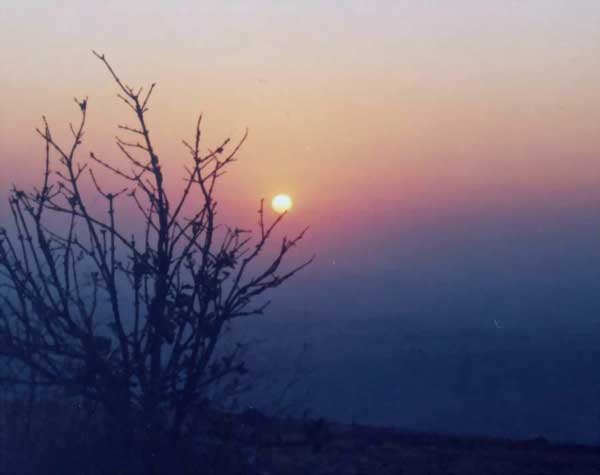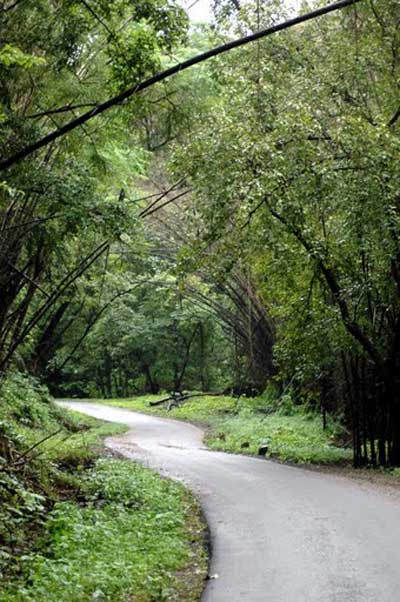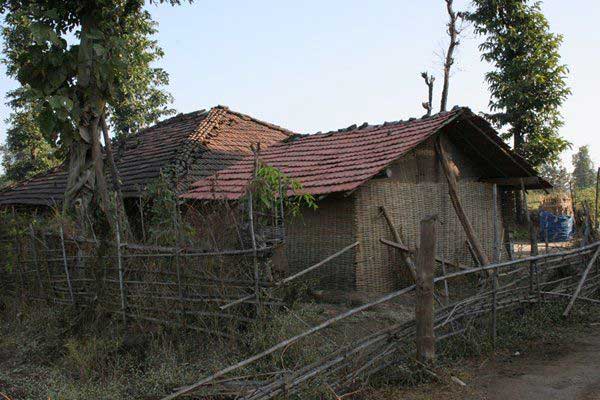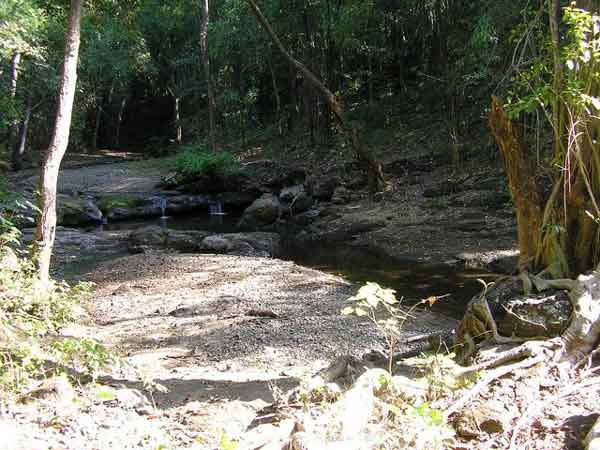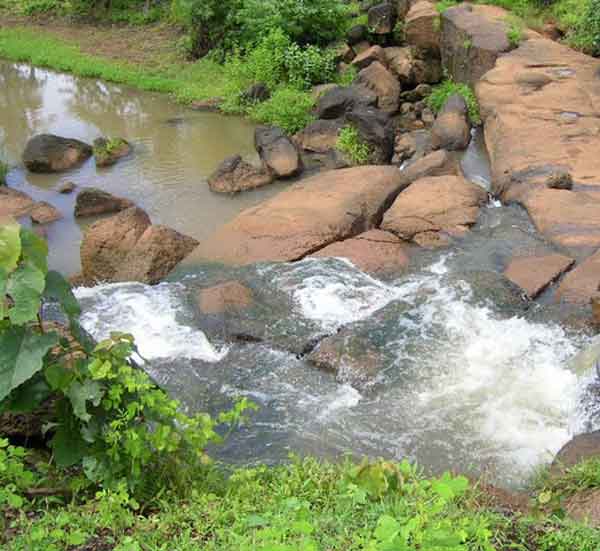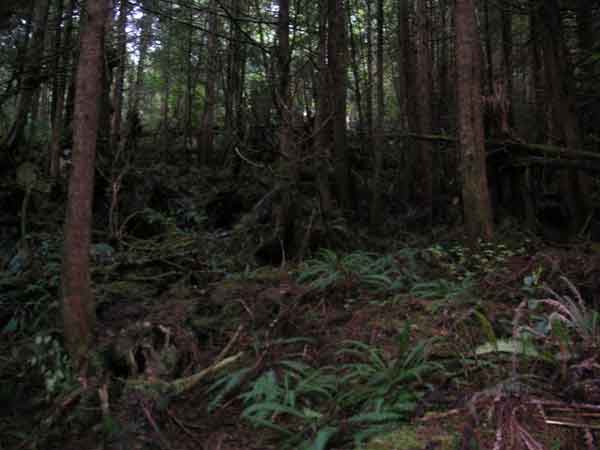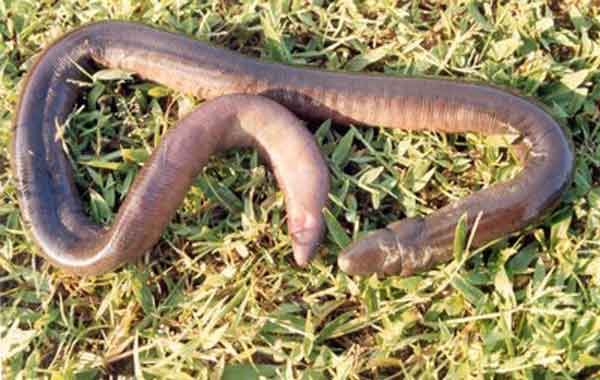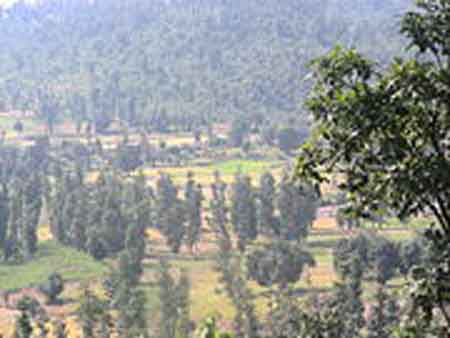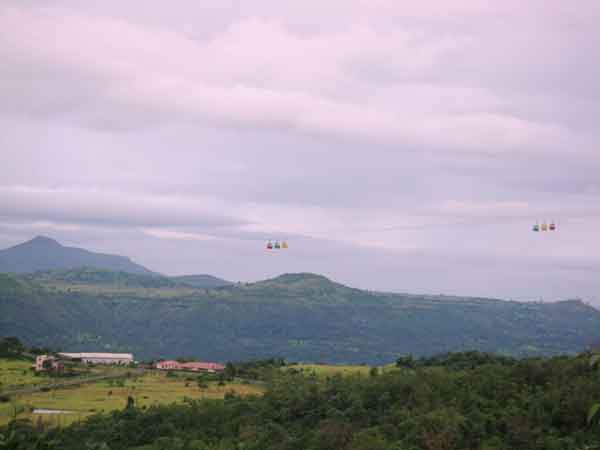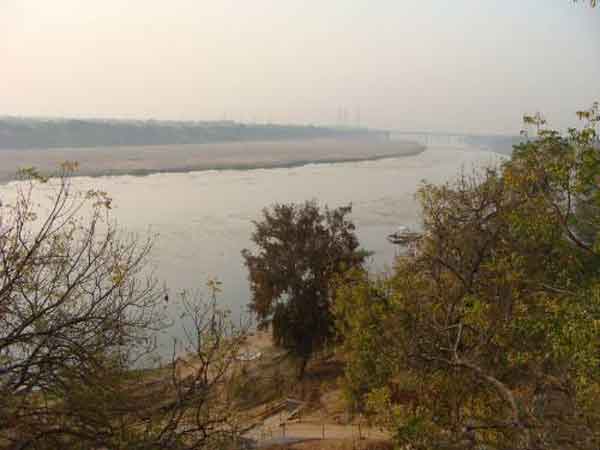Purna Wildlife Sanctuary
Tuesday, 06 October 2009 05:12
Purna Wildlife Sanctuary -Dangs |
About: |
|
Purna Wildlife Sanctuary is one of Gujarat's lush green and dense forest reserves, located in the Western Ghats' foothills. Known for its rich biodiversity, the sanctuary is home to various flora and fauna, making it a popular destination for nature lovers, wildlife enthusiasts, and trekkers. With its diverse landscapes, including dense forests, rivers, and waterfalls, Purna offers an ideal retreat for those seeking a close connection with nature. .jpg) Purna is a Sanctuary, where luxuriant dense forests with thick bamboo brakes enchant visitors. People get surprised to see such pristine forests in the area, which happens to be an extension of the Western Ghats. For an eco-tourist wanting to enjoy birds of moist deciduous forest mixed with bamboo, this is the best place to visit. The Sanctuary is a part of forests in northern part of the Dangs district in South Gujarat. The area covering 160.8 sq. km is a reserved forest, which has been notified as Sanctuary in July 1990. |
Location info: |
| Location: ,Dangs,Gujarat,India |
| District: Dangs |
| Nearest City: Godhra |
| Best time to visit: October-March |
Climate/Weather: |
| Summer (March to June): Warm, with temperatures ranging from 25°C to 40°C. Monsoon (July to September): Experiences heavy rainfall, making the sanctuary lush and vibrant. Temperatures range from 20°C to 30°C. Winter (October to February): Cool and pleasant, with temperatures ranging from 15°C to 28°C. The best time to visit is from November to March when the weather is ideal, and wildlife sightings are frequent. |
History: |
|
The Purna Wildlife Sanctuary was established in 1990 and is named after the Purna River, which flows through the forest. It forms part of the Dangs Forest area, one of the last remaining patches of thick, moist deciduous forests in Gujarat and is part of the Western Ghats' northern extension. species new for the reserves and eleven other noteworthy species. We identify eight species that may be locally extinct and 14 other species.that may be susceptible to forest loss and degradation owing to their rarity, habitat specificity, foraging guild, body size, endemism, and or edge-of-range distribution. Hunting and biotic homogenisation may also be contributing to local avifaunal impoverishment |
Interesting things to do: |
|
Interesting things to Visit: |
|
Purna River: Important birds : Common grey hornbill, grey jungle fowls, barbets, woodpeckers, shrikes, cloropsis, bee-eaters, flycatchers and many raptors. Flora: |
Mobile range info: |
| Mobile connectivity is available but can be inconsistent, especially in deep forested areas. It’s advisable to inform someone about your plans before entering the sanctuary. |
How to reach? |
| Nearest Railway Station:Godhra railway station |
| Nearest Airport:Vadodra airport |
| Road Transport:Vadodara is 180 km and Ahmedabad is 230 km from Godhra. There are regular bus services from Godhra to other parts of the state. |
Nearest Visiting places: |
| Saputara Hill Station: Take a deep breath. Disappear. You have entered nature’s womb.In winter, at the spill of dawn, trek up to the Gandhi Shikhar as the river of light bathes the streams over undulating mountains and the drifting birds, into a magical dance of awakening.In rains, breathe in the rolling hills of Saputara, echoing green hues, lush with flowers, and watch the meditating rain drops sitting still on sloping leaves. Some of the thickest forest cover in the state envelops you. Saputara (50 km): In summer, walk carefree on the expanse of the Governor’s hill and see the sun dip into the Saputara lake as the sky begins to shimmer with stars.As your bus chugs uphill, crisscrossing over the Ambika river, you leave all the congestion of towns and cities far below you and enter the spirit world of tribal people. Nestled in the Sahyadri range, at an altitude of about 1000 m, this Dangi enclave derives its name from the Snake god revered by the tribals and translates as ‘the abode of serpents’, Saputara.In spite of being the only hill station of Gujarat, it is minimally commercialized, still unspoiled. Girmal Waterfall (30 km): |
Nearest Petrol Pump: |
|
The nearest petrol pumps are available in Vyara and Waghai, both approximately 20-30 km from the sanctuary. |
Hotels/Lodge/Accommodation: |
| Hotel icespice:Vyara,Surat,Gujarat,India
Manoranjan Hotel:Gandevi,Navsari,Gujarat,India,ph:02634 262812 Shakti Hotel:Gandevi,Navsari,Gujarat,India Hotels in Saputara: For a wider range of accommodations, you can stay in Saputara, which offers various budget to mid-range hotels. |
Things to carry: |
| Binoculars and a camera for wildlife spotting and photography. Comfortable trekking shoes and clothing suitable for outdoor activities. Water bottles, snacks, and basic medications, as facilities within the sanctuary are limited. Sunscreen, insect repellent, and a hat/cap for protection against the elements. |
Tips & Suggestions: |
| Obtain the necessary permits and permissions from the Gujarat Forest Department before entering the sanctuary. Follow the sanctuary guidelines, avoid littering, and maintain a respectful distance from wildlife. Wear neutral-colored clothing to blend in with the environment and increase the chances of spotting wildlife. Visit during the early morning or late afternoon for the best chances of observing wildlife activity. |
Help Line/Phone Number: |
| Police Station:100 |
| Nearest Hospital: Janak Smarak Hospital:Vyara,Surat,Gujarat,India Civil Hospital:Gandevi,Navsari,Gujarat,India |
| Society/Community Phone Number: |
| Link:www.mapsofindia.com |
Photo Gallery
Video
Dynamic View
|
|
| Satpura hill |
| Saputara is a hill station town in the Dang District of Gujarat state in India. Saputara, literally the abode of serpents is Saputara best known hill resort at the height of 875 metres saputara offers a pleasant climate and panoramic view of lush green Dang forest. The hill station is small enough to be entirely covered by foot. perched on a plateau in the Dangs forest area in the Sahyadri range of mountains, offering breathtaking views of the sunrise and sunset.Saputara boasts of being the lone hill resort in the state of Gujarat. The well designed hill resort of Saputara offers the ultimate getaway with a wide range of facilities for recreation like hotels parks swimming pools, boat club theatres and a museum besides boasting of the nature at its best. Saputara literally means the abode of the serpents....more |
